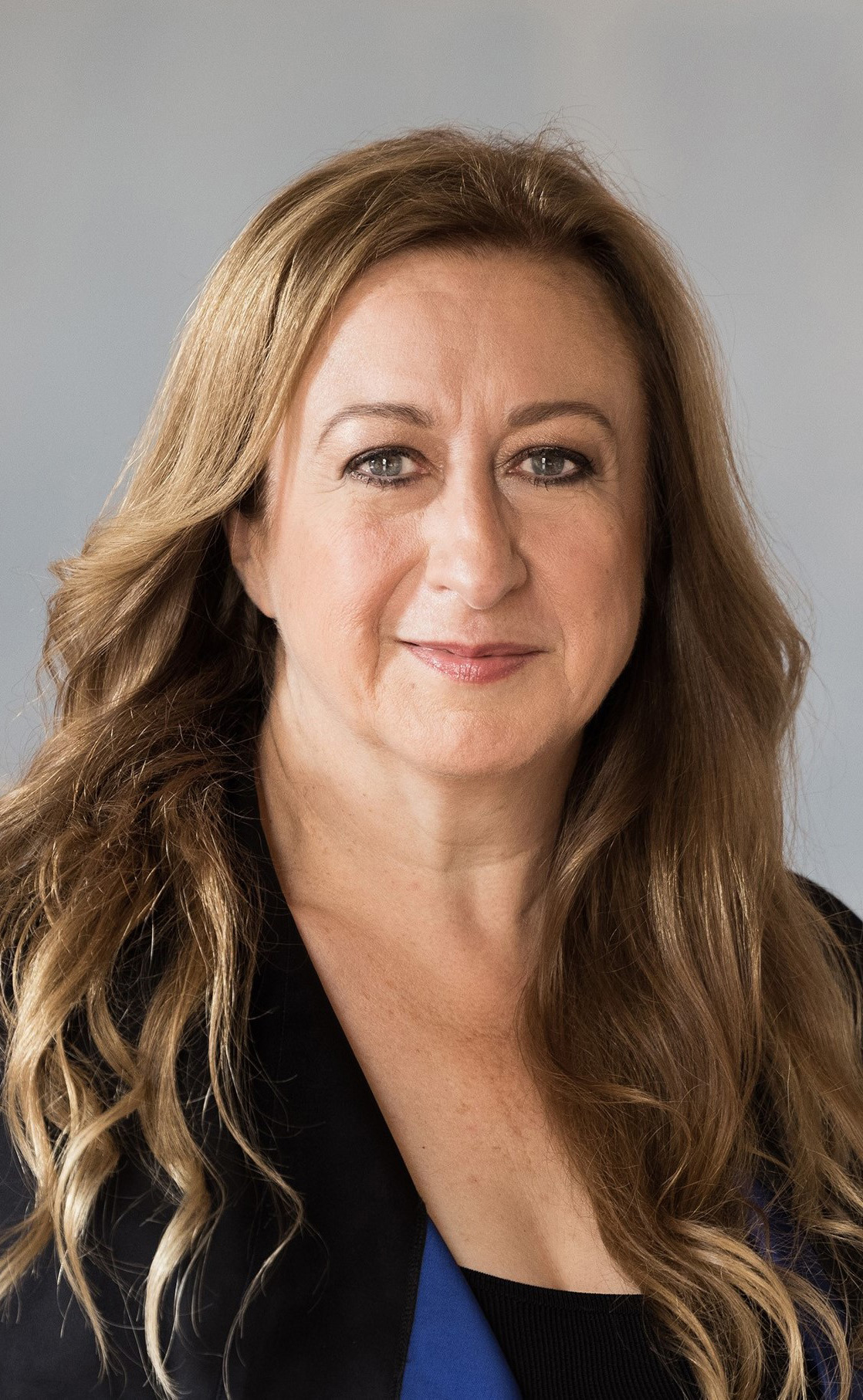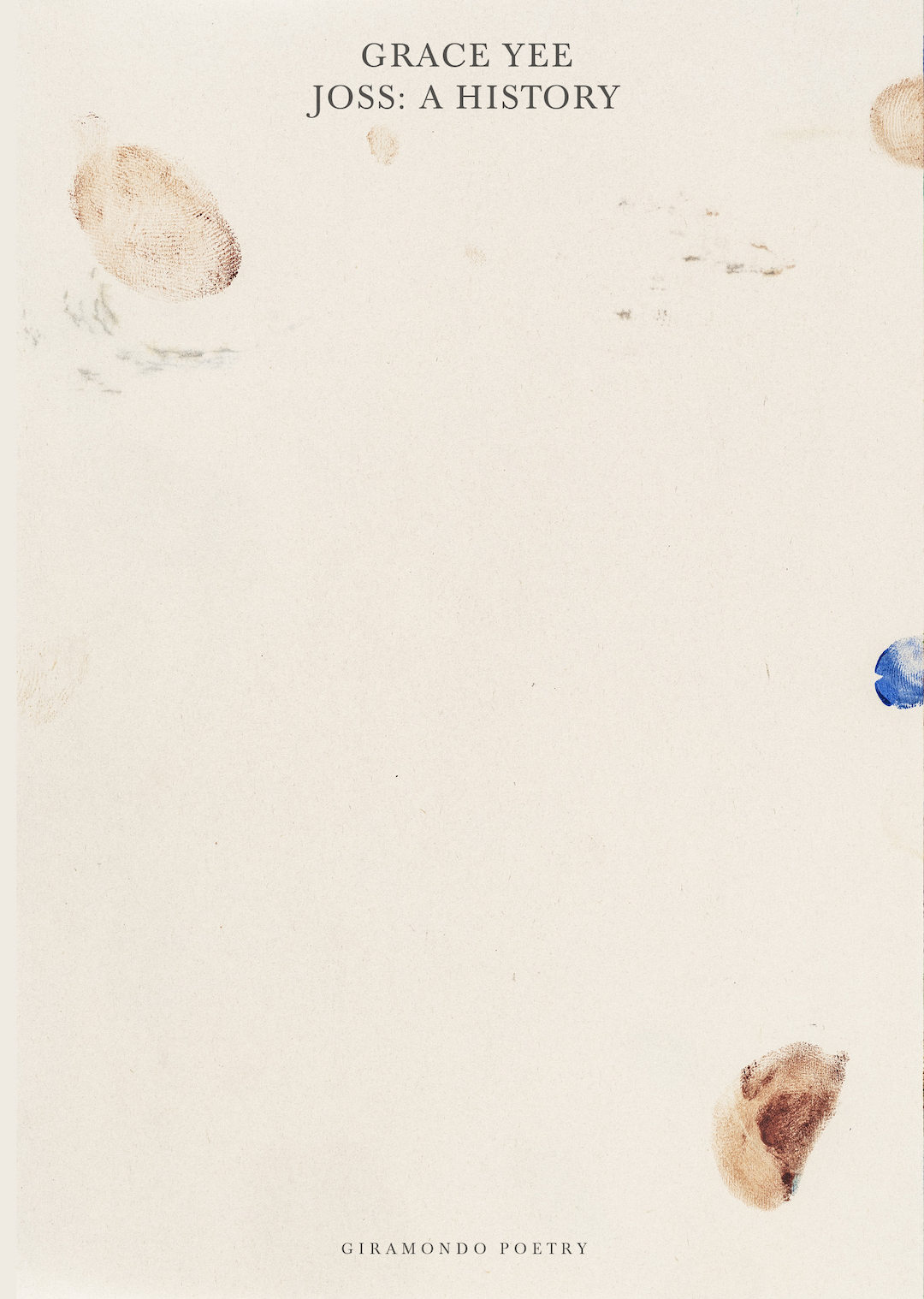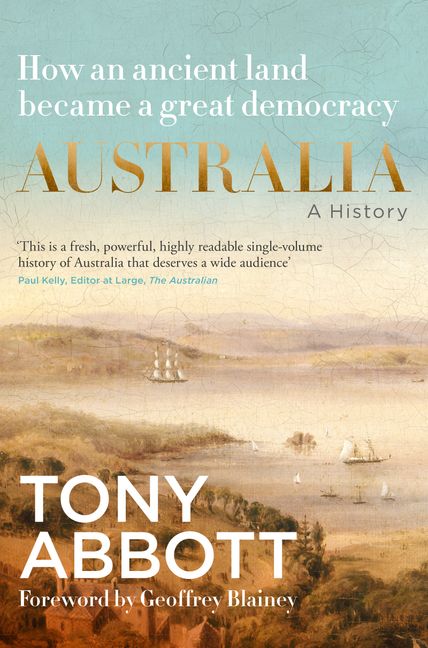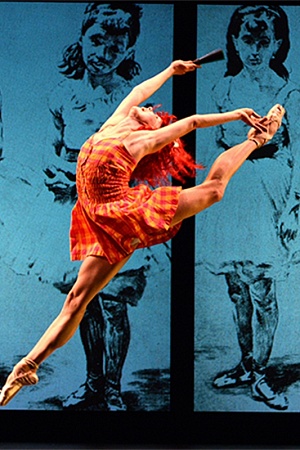Horizon
.jpg)
In the Drama Theatre at the Sydney Opera House, expectations were high for Bangarra Dance Theatre’s Horizon, a double bill featuring works by Saybaylag (Saibai Island people) of Zenadth Kez (the Torres Strait) man Sani Townson and Deborah Brown of the Wakaid clan, Meriam (Murray Island), who were in collaboration with Māori choreographer Moss Te Ururangi Patterson (Ngāti Tūwharetoa). This is a significant achievement for Artistic Director Francis Rings, for it marks Bangarra’s first international commission.
Continue reading for only $10 per month. Subscribe and gain full access to Australian Book Review. Already a subscriber? Sign in. If you need assistance, feel free to contact us.











Leave a comment
If you are an ABR subscriber, you will need to sign in to post a comment.
If you have forgotten your sign in details, or if you receive an error message when trying to submit your comment, please email your comment (and the name of the article to which it relates) to ABR Comments. We will review your comment and, subject to approval, we will post it under your name.
Please note that all comments must be approved by ABR and comply with our Terms & Conditions.